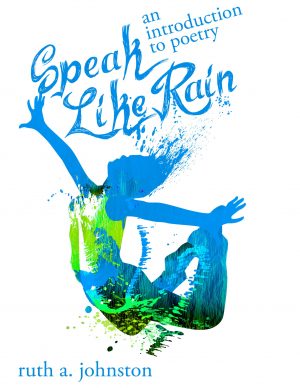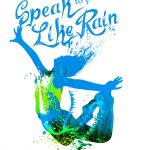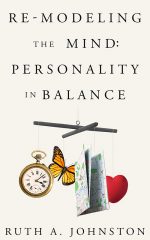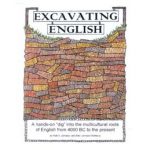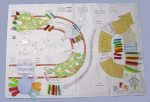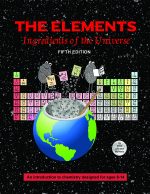Speak Like Rain: An Introduction to Poetry (.pdf download)
$15.95
When students don’t understand why something is, they have trouble remembering what it is. A good program of study matches what and why so that it all makes sense. Our new poetry book, Speak Like Rain, sets out to explain why and how, as well as what and when. What is poetry, and why does it exist? Poetry is art; instead of being made with colors, shape, or sound, it’s made with words. People have always wanted to make art with anything they’re using to build and shape the world, so they commemorate their impressions, stories and big ideas by making art that has direct verbal meaning. Speak Like Rain follows this thread through the labyrinth of technique, history, and canon.
Click here for a two-chapter sample download: Pages from Digital-e-book-978-0-9831810-5-7_Speak-Like-Rain_8-5x11_04-11-19-Two-chaptersonly
The book is laid out as a workbook. The homework set begins with a short review to solidify past learning and an activity to make the current lesson an active learning experience. The assignments are all designed to please both the struggling, reluctant and the gifted, motivated learners. Each activity or question is designed to be do-able; some ask for concrete observations, while others make clear that your opinion is the right answer. Some activities are humorous, and most of them qualify as quirky or at least unexpected. That’s deliberate: when kids aren’t interested in a subject, you can catch their attention by saying or asking something they didn’t expect. Both students who like and dislike poetry are pushed to think a bit deeper, which is how we learn to like our studies.
Speak Like Rain presents over a hundred classic poems in contexts that demonstrate how and why they create art. It should count as an anthology for high school programs. It also gradually teaches students how to write about poetry, starting with short answers, building up to two and three paragraph short essays, and closing with an assigned paper about “The Rime of the Ancient Mariner” (full text is included). It’s really a complete program: terminology, reading, writing, and philosophy. Additionally, Ruth is a poet who has used some of her own works to illustrate why a poet would make various artistic choices, so poetry-writing is modeled and presented as a living art form. (Ruth is also the author of Excavating English.)
- Description
Description
Speak Like Rain is a continuation of the Basement Workshop’s teaching principles into a very unscientific domain: poetry.
VIDEO REVIEW by the author: https://www.youtube.com/watch?v=297KG1Qw9EU
It opens with a simple definition. What is poetry? Poetry is art made with words. If we know what art is, and why we make it, then we can start learning the specific tools that a word artist uses. The book pays much attention to teaching how word stress creates meter, then moves through the other sound elements of word art, rhyme and repetition. Free verse is explained through its historical roots, then the book moves on to how images are used and presented. The last major poem included in the book is the entire text of “The Rime of the Ancient Mariner.”
The book is laid out as a student text/workbook. It is suitable for high school and motivated/gifted middle school study, representing a one-semester English elective in a homeschool program (if you do all assigned/suggested writing). A full answer key makes it suitable for self-teaching. At this point, we aren’t offering it as separate student and teacher books, so the answer key is included with the main text.
Ruth A. Johnston is Ellen’s sister and co-author of Excavating English. Between 1996 and 2003, she taught AP English Lit online for the PA Homeschoolers AP program. She is also the author of A Companion to Beowulf, All Things Medieval, and Re-Modeling the Mind: Personality in Balance.
Three influential homeschoolers had a sneak preview of Speak Like Rain and here’s what they have to say (also appears on back cover of paperback):
“Ms. Johnston captures the art of poetry and makes it accessible to novice learners. It’s an exciting and informative addition to any high school plan, allowing the student to really experience the written word. I loved it and can’t wait to use it with my senior next year!” —Felicia Johnson, TheZooICallHome.com
“My children have always loved memorising poetry but groaned if I mentioned studying it. Speak Like Rain enabled me to draw them into discussions about slang, idioms, and interesting rhymes without realising they were ‘studying’ poetry, and these discussions naturally led into the exercises. We found it fun and interesting, yet complex and thorough – I highly recommend it.” —Kelly George, FearlessHomeschool.com
“This book presents the concepts of poetry in an easily graspable way and, most importantly, it makes the subject interesting—even to young teens. We were originally going to use it for only part of our curriculum but it was so well designed and presented the information in such an easily accessible way that we used it for the entire year.” — L. Jagi Lamplighter Wright, writing teacher and author of Prospero’s Children trilogy.
Dwight Lindley, Professor of English at Hillsdale College, appreciated Speak Like Rain‘s ambitious structure:
“Aristotle compared poems to living things: organic bodies made up of moving parts that all work together beautifully, in intelligible ways. In Speak Like Rain, Ruth Johnston introduces us to the life of poems, both as lovely, vigorous, moving wholes, and as discernable parts. You will learn here how to do a gross anatomy of a poem—its meter, its rhyme, its figures, its imagery—but also how to see these parts alive together when the work is read out loud. She opens up both why we care about poetry, and how it draws us deeper into the life of the world as we read it. She also introduces the reader to many great wordsmiths of the tradition—Blake, Whitman, Keats, Browning, and many more—letting us into the secrets of their art. In short, Speak Like Rain does what a good introduction should do: it brings us right up to the pulsing heart of lyric poetry, and makes the reader want more!” — Dwight Lindley, Hillsdale College

